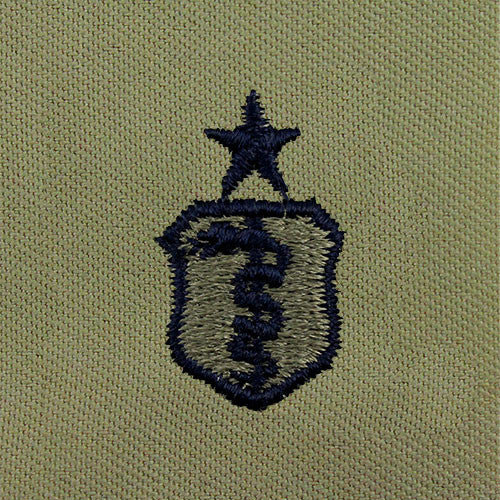
We strive to engage in stimulating investigations and to report findings within the scope of our remit. In addition, the LSBEB provides expert testimony in the field of the life sciences and biomedical engineering as requested by the Aerospace Medical Association. Like many other Constituent organizations, the LSBEB encourages teaching and mentoring amongst its members. Renewal of memberships, collection of dues, communication with award sponsors, soliciting nominations for awards, selecting awards recipients, electing new officers and developing/sponsoring an educational panel are amongst those activities. Each year the LSBEB aims to continue to sponsor and/or co-sponsor at least one scientific panel during the annual meeting week.īetween formal meetings, the officers and committee chairs within the LSBEB communicate via email and/or virtual meetings to carry out the business of the organization. It also provides the opportunity for members, or those interested in becoming members, to network and socialize. The combined Business and Social meeting is usually conducted on the Monday evening of the meeting week and is the LSBEB's opportunity to conduct essential business such as membership renewal, the presentation of awards, and the installation of newly elected officers. LSBEB officers and membership meet formally each spring during the Annual Scientific Meeting of the Aerospace Medical Association. The LSBEB has been fortunate to include amongst its membership many of the most renowned researchers and authors in aerospace life sciences and biomedical engineering. The LSBEB membership is approximately 84 members. We do this by establishing and maintaining cooperation between scientific and engineering disciplines as a means of supporting the application of technology to resolving continuing problems of healthcare, safety, and operational efficiency of personnel working in aerospace and other challenging environments. The LSBEB's unique objective and purpose amongst other Constituents of the AsMA is to advance aerospace life sciences and biomedical engineering.
#Air force biomedical engineer professional#
The LSBEB originated from the 1974 merger of two Affiliate organizations, the Aerospace Industrial Life Sciences Association, established in 1962, and the Biomedical Sciences and Engineering Branch (originally named the Bio-Environmental Engineering Section), established in 1965.Īt its core, the LSBEB provides a focal point for informal and formal professional exchange among the highly divergent viewpoints represented by life sciences, specifically those of a biomedical and engineering nature. Membership in the LSBEB requires membership in our parent organization, the Aerospace Medical Association (AsMA). The Life Sciences and Biomedical Engineering Branch (LSBEB) is a Constituent organization of the Aerospace Medical Association made up of like-minded individuals with an interest and/or expertise in aerospace life sciences and biomedical engineering. American College of Preventive Medicine.Life Sciences and Biomedical Engineering Branch.International Association of Military Flight Surgeon Pilots.International Airline Medical Association.American Society of Aerospace Medicine Specialists.Aerospace Nursing and Allied Health Professionals Society.Aerospace Medicine Student & Resident Organization (AMSRO).

With a little research, the biomedical engineer can also be a valuable asset to the ground support crew. With the proper precautions, aeromedical transports will continue to be a rapidly growing transport system for both trauma patients and intrahospital transfers.

Temporary pacers and automatic defibrillators should also be set to a mode where the vibrations of flight will not trigger any errant behavior. Permanent pacemakers should be programmed to a non-atrial sensing mode or an asynchronous mode before the patient is on board the aircraft. The equipment should also be designed for air transport. This author recommends prepurchase flight tests and input from flight crews to ensure safe operation of any new equipment. Air Force military studies of a large number of specific models are available through the government. Due to the eight stresses of flight and Federal Aeronautics Administration (FAA) requirements, biomedical equipment that is utilized in aeromedical transports presents certain challenges that the biomedical department should be aware of.


 0 kommentar(er)
0 kommentar(er)
